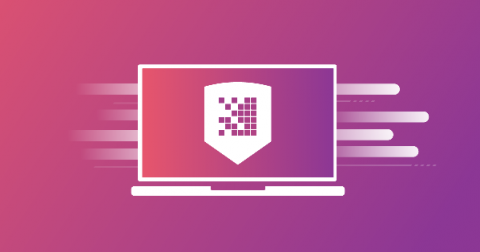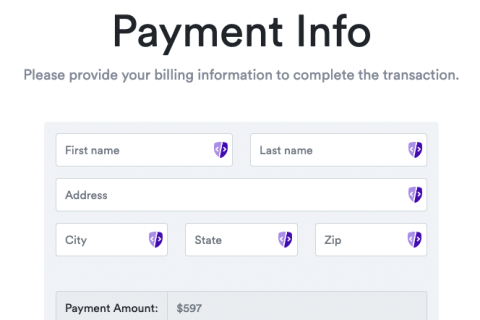Governing the Future: Federal Cybersecurity in the Age of Edge and AI
Intel's CTO on Navigating Cybersecurity, AI, and the Edge Governing the Future: Federal Cybersecurity in the Age of Edge and AI In this episode of the "Trusted Tech for Critical Missions" podcast, host Ben Arent interviews Steve Orrin, Chief Technology Officer at Intel Federal, about the evolving landscape of federal cybersecurity in the age of edge computing and artificial intelligence. Key Takeaways.










